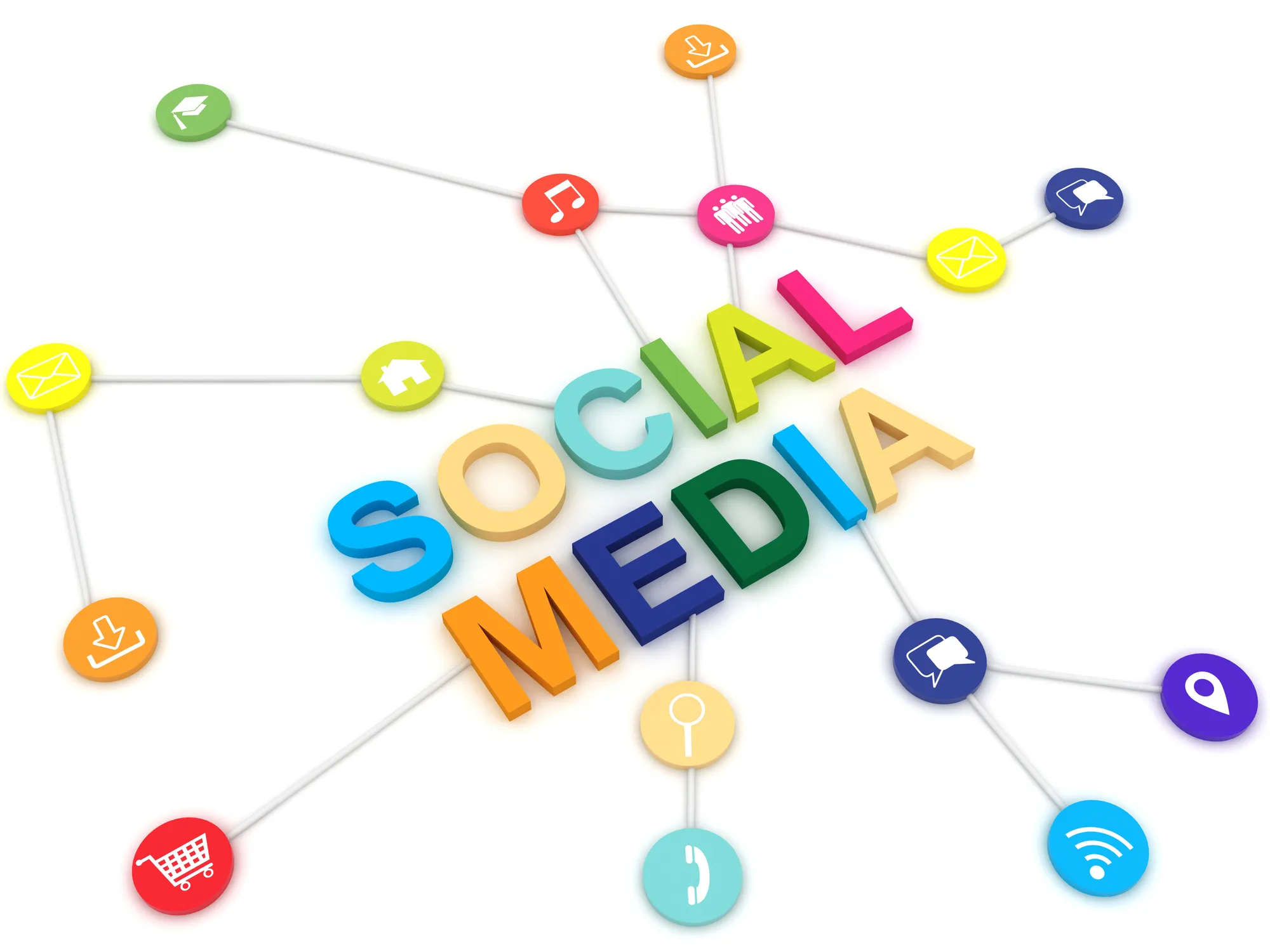 Social media and collaborative technologies have become critical components of emergency preparedness, response, and recovery. From the international response efforts after major tsunamis to hurricane recovery in major U.S. cities, many government officials now turn to social media technologies to share information and connect with citizens during all phases of a crisis. Implementing these new technologies, however, requires that responding agencies adopt new communication strategies and engagement methods. Recognizing the need to address these challenges, the U.S. Department of Homeland Security's Science and Technology Directorate (DHS S&T) established a virtual social media working group (VSMWG) in 2010. After Public Law 114-80 was passed, the VSMWG was re-named as the Social Media Working Group for Emergency Services and Disaster Management. The mission of the Group is to provide recommendations to the emergency preparedness and response community on the use of social media technologies before, during, and after a natural disaster or an act of terrorism or other man-made disaster.
Social media and collaborative technologies have become critical components of emergency preparedness, response, and recovery. From the international response efforts after major tsunamis to hurricane recovery in major U.S. cities, many government officials now turn to social media technologies to share information and connect with citizens during all phases of a crisis. Implementing these new technologies, however, requires that responding agencies adopt new communication strategies and engagement methods. Recognizing the need to address these challenges, the U.S. Department of Homeland Security's Science and Technology Directorate (DHS S&T) established a virtual social media working group (VSMWG) in 2010. After Public Law 114-80 was passed, the VSMWG was re-named as the Social Media Working Group for Emergency Services and Disaster Management. The mission of the Group is to provide recommendations to the emergency preparedness and response community on the use of social media technologies before, during, and after a natural disaster or an act of terrorism or other man-made disaster.
Drawn from a cross-section of subject matter experts from federal, tribal, territorial, state, and local responders from across the United States, SMWG members establish and collect best practices and solutions that can be leveraged by public safety officials and responders throughout the nation’s emergency response community. SMWG members serve on the working group for two years and often remain engaged in an adjunct position after that.
SMWG members have presented at conferences and events, including two Federal Emergency Management Agency (FEMA) Emergency Management Institute (EMI) webinars, the National Volunteer Fire Council (NVFC), Fairfax County Police, the National Capitol Region Social Media in Emergencies Summit, and the International Disaster Conference and Expo in 2014 and 2015. Members have also participated in numerous exercises and experiments, including the Joint Interagency Field Exploration (JIFX), the Canada-U.S. Enhanced Resiliency Experiment (CAUSE), and the Central U.S. Earthquake Consortium (CUSEC) CAPSTONE-14 exercise.
Since 2010, the SMWG has published eight documents (as the VSMWG) ranging from an introduction to social media’s benefits for public safety to how agencies can leverage social media for situational awareness.
What’s Next?
With nearly six years of work and an established credibility in the public safety arena, the SMWG continues to partner with DHS components and other government agencies on projects. The SMWG is currently working on its next report, tentatively entitled “Social Media Best Practice for Training and Exercises.” The SMWG serves as a forum for practitioners across the country to explore the potential of social media tools for public safety and to engage with each other on methods and best practices. One of the most preeminent groups providing social media guidance for public safety agencies, the SMWG offers guidance from all first responder disciplines.
For more information on the SMWG, view our fact sheet and read our documents.
Working Group Frequently Asked Questions
- Who are the SMWG members? SMWG members represent diverse geographic areas and levels of government across the U.S., all first responder disciplines, the private sector and academia. Members generally have extensive experience in their field and in developing, advising or executing the communications (informational and operational) or social media plans of his or her respective agency. Please visit the Meet the SMWG page to learn more about the typical background and experience of current and past SMWG members.
- How do I join? - If you are interested in joining the SMWG, please send an email with the subject line Join the SMWG, along with a bio and resume to First.Responder@hq.dhs.gov. Although the SMWG remains a group of not more than 25, membership is staggered at two-year intervals, and opportunities to join the group occur frequently as existing members move into adjunct positions.
- How much time and participation does the SMWG require? - DHS recommends a minimum of a six-month commitment to ensure consistency of the group. Members can remain for up to two years. After two years, if members wish to remain involved, they will be rotated to adjunct memberships where they may still contribute to the activities of the SMWG. The SMWG meets virtually for an hour every other month. Additional meetings occasionally occur. During the meetings, SMWG members participate and contribute their knowledge and expertise to the meeting topic and discussion. SMWG members provide supplemental information on SMWG reports and documents and often present at relevant conferences and events.
For more information about the Social Media Working Group (SMWG) for Emergency Services and Disaster Management, please email First.Responder@hq.dhs.gov.
